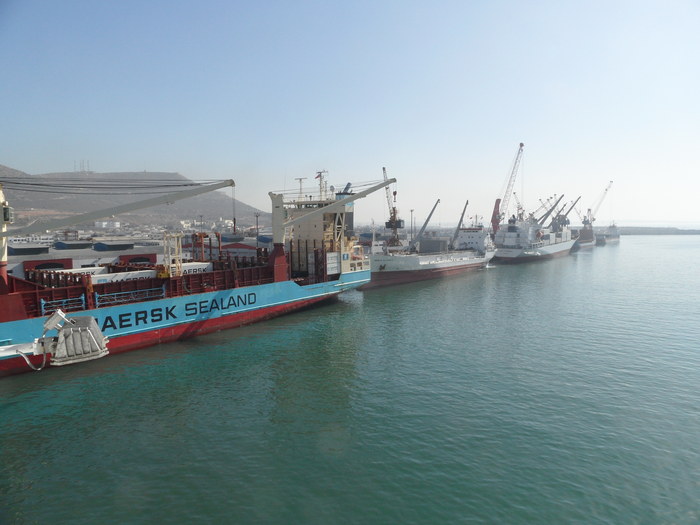
Britannia no longer rules the waves, but the task of deciding where responsibility lies for shipping accidents around the globe still commonly falls on judges in London. In one example, the High Court ruled that a container ship’s grounding resulted from a combination of a defective passage plan and her master’s negligence.
The vessel ran aground whilst leaving a Chinese port and it cost about $9.5 million to salvage her. Under the principle of general average – whereby all stakeholders in a sea venture proportionally share losses arising from accidents – the vessel’s owners sought a total of £13.5 million from cargo interests. Most of the cargo interests paid their contributions, but the owners launched proceedings in London against those who did not, seeking about $800,000.
The owners argued that the cause of the casualty was an uncharted shoal on which the vessel grounded. However, the cargo interests submitted that the accident arose from the vessel’s unseaworthiness, by reason of an inadequate passage plan, and that that in turn led to the master’s negligent navigation of the ship.
In ruling on the matter, the Court found that the master’s decision to steer the vessel outside a buoyed fairway was negligent, it being a course which a prudent mariner would not have taken. His reliance on charted depths outside the fairway was not prudent and his helm movements were remarkable in the light of the owners’ warning that navigating the relevant waters required the utmost care.
The vessel’s passage plan was defective in that the danger created by the presence of numerous shallower areas outside the fairway had not been noted on the relevant chart. Such a note would have reminded the officer navigating the vessel that it was unsafe to take her outside the fairway. The inadequate and imprudent passage plan meant that the vessel was unseaworthy even before she left port.
Whilst the fact that the shoal was not marked on the paper chart may have been a cause of the accident, it did not follow that the defective passage plan and the master’s resulting negligence were not also real and effective causes of the grounding. The Court found that the accident arose from the actionable fault of the owners and that the cargo interests were thus not liable to contribute to the loss.